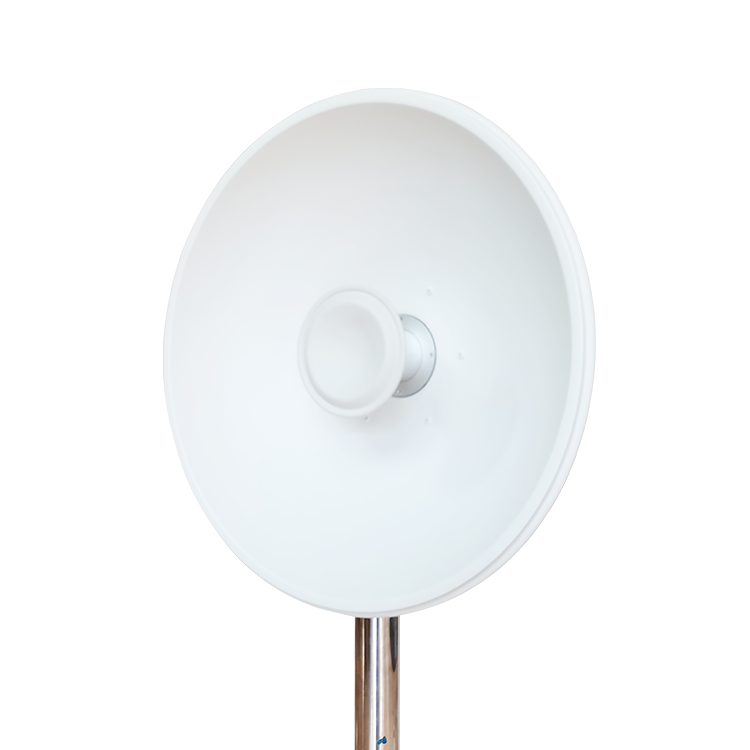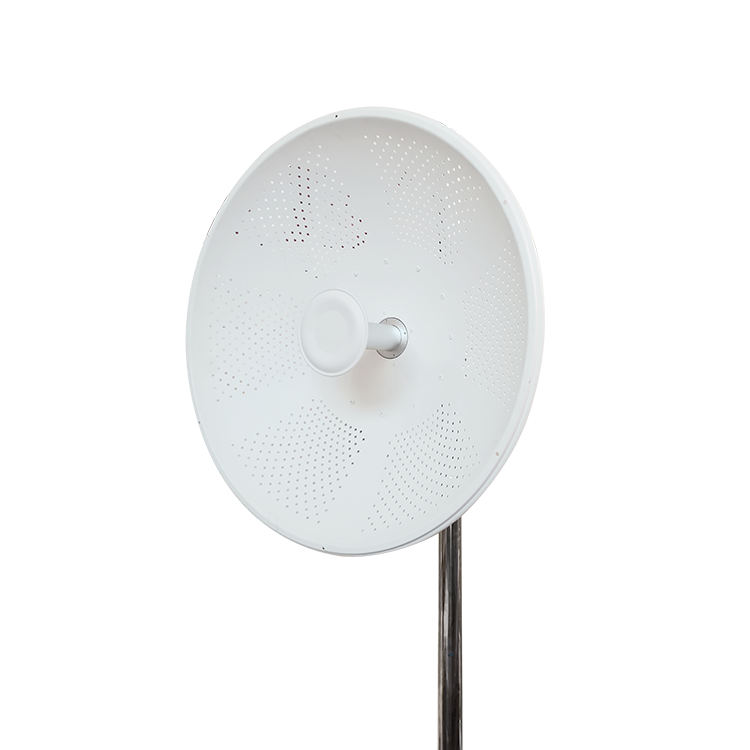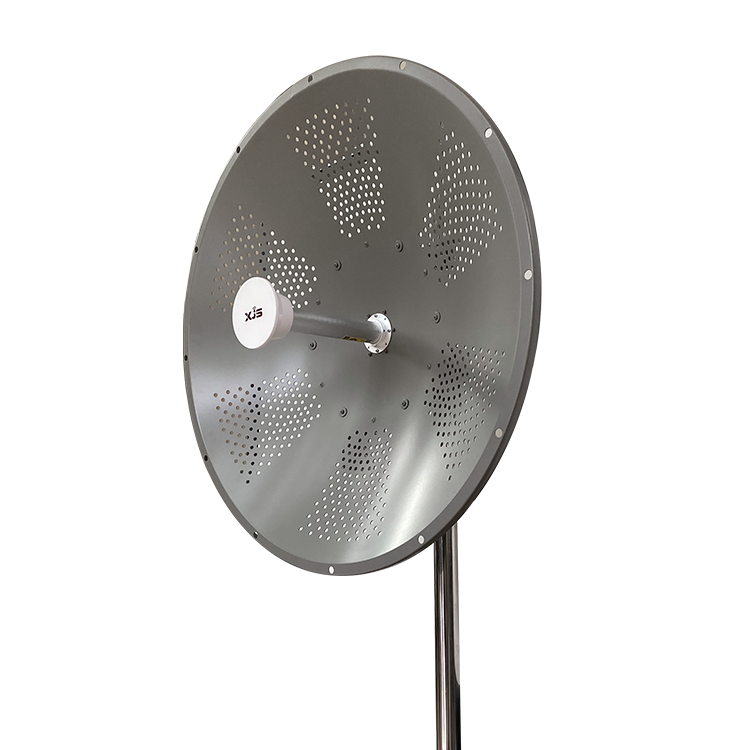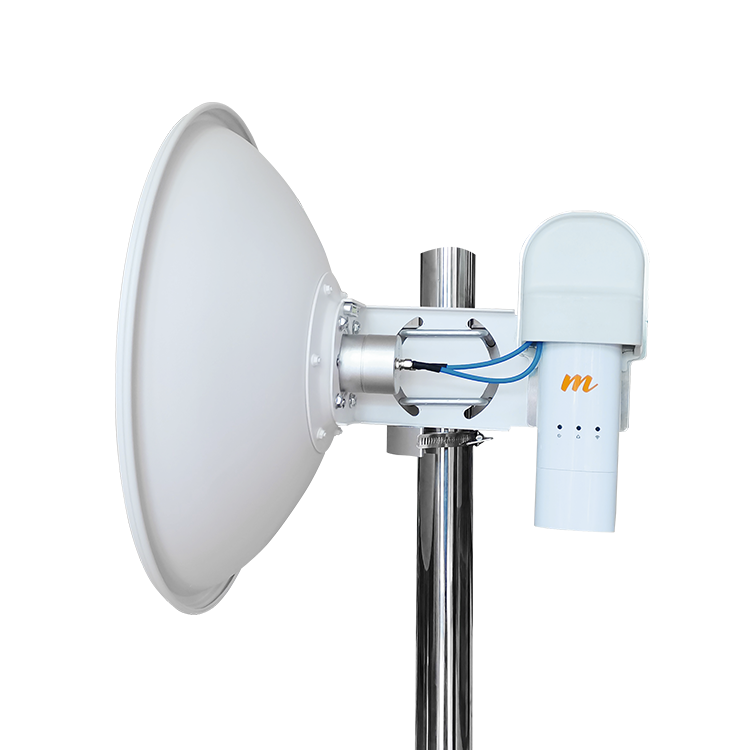When you start building up a communication system, you may have a question ---- what are the differences between a flat panel antenna and parabolic antenna. Then, in this post, the author would give a deep discussion about them to let you get a further understanding of them.
What is Flat Panel Antenna?
A wifi flat panel antenna (FPA), also known as a planar or patch antenna, is a simple directional antenna with a flat and compact design. It is constructed with flat radiating elements which usually are a metal patch or a printed circuit board (PCB) with a conductive pattern.
Due to its simple and lightweight design, the wifi flat panel antenna is widely used in various wireless communication systems, including satellite communication, Wi-Fi networks, cellular networks, and radar systems.
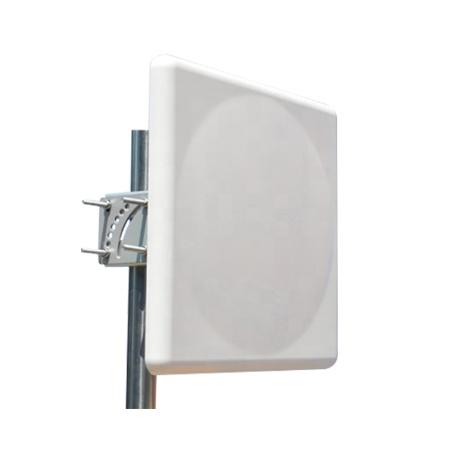
What is Parabolic Antenna?
A parabolic antenna, also known as mimo parabolic dish antenna, is a parabolic-shaped dish antenna to direct the radio waves. With its integrated working principle, it is commonly used in various applications, including satellite communication, wireless internet (Wi-Fi) networks, microwave links, and radio astronomy.

Working Principle
They are driven by different working principles. In this section, the author would illustrate their differences in the working principle.
Flat Panel Antenna
Generally speaking, the flat panel antenna is multi-orbit, so it can operate at more than one pointing angle at a time. In the following section, the author would illustrate the whole working process and give a detailed introduction about the data transmission data part and receiving data part.
First, a flat panel antenna makes use of electromagnetic waves to complete the work of sending and receiving data. Electromagnetic waves carry information in the form of radio frequency signals. During this process of sending and receiving data, the radiating element plays a key role.
Second, it relates to data transmission. An electrical signal is applied to the radiating part of the flat panel antenna. This signal causes an electric current to flow through the conductive pattern, generating an electromagnetic field around the antenna. The radiating element shapes and directs the electromagnetic waves, focusing them in a specific direction to achieve a desired radiation pattern.
Third, in the receiving part, the wifi flat panel antenna would grasp the incoming electromagnetic waves from the desired direction. This wave would get impinge on the radiating element, inducing an electric current in the conductive pattern. This current is then processed by the connected electronic circuitry for further use, such as decoding the information carried by the received signals.
Parabolic Antenna
In general, the parabolic antenna is based on the reflection of radio waves from a point source located at the focal point of a paraboloidal reflector. When the radio waves encounter the reflective surface of the conductive material, they are redirected and transformed into a tightly focused, parallel beam of waves that propagates along the axis of the reflector.
If you want to get a further understanding of the parabolic antenna, you can read our previous article: Complete Guide to Parabolic Antenna
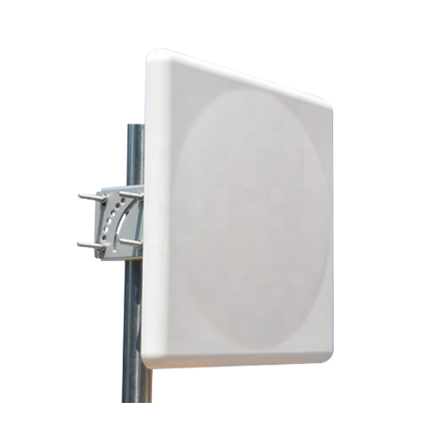
Material
The parabolic antenna manufacturer tends to use SMC or steel to produce the mimo parabolic dish antenna. These materials are easy to corrosion and aging. Therefore, if you install the conventional mimo parabolic dish antenna, you need to pay more attention to maintenance. As for the mimo parabolic dish antenna, it is typically made from aluminum.
Application
Due to their different design and working principles, they also are applied to different occasions. Take XJS’s mimo parabolic dish antenna as an example. The mimo parabolic dish antenna is an ideal communication solution for outdoor remote point-to-point signal transmission to solve the problem of remote signal reception or transmission.
In other words, it can be used on the following occasions ---- campus and academic facilities, municipal and government facilities, wireless internet providers and ISPs, etc. Then, as for the flat panel antenna, it is widely used in military, naval, and commercial aviation radar. It also can be used in marine satellite communications.
Conclusion
All in all, they are different in shape, working principle, material, and application. However, both of them contribute their benefits in various applications and are an important part of modern communication technology. If you want to build up a reliable communication solution for your commercial projects, the parabolic antenna may be your first option.

